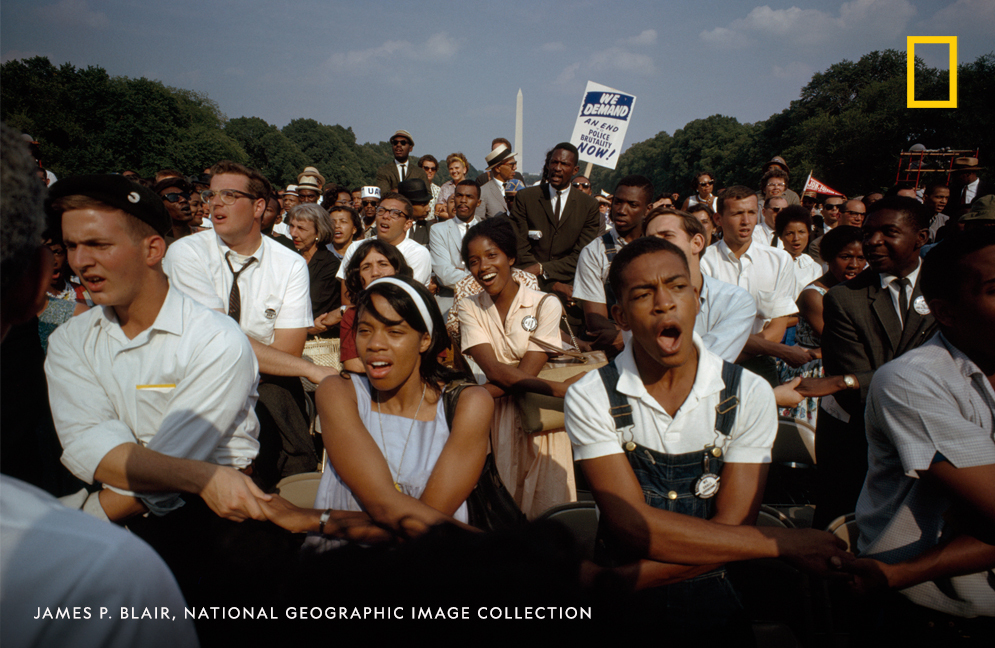
This week is all about #NatGeoReimaginingDinos and today we're talking about... Spinosaurus
Recently, Spinosaurus made history as the first known aquatic dinosaur on.natgeo.com/2HZrGER
Longer than an adult Tyrannosaurus rex, the 50-foot-long, seven-ton predator had a large sail on its back and an elongated snout that resembled the maw of a crocodile
In this photo, National Geographic Explorer @NizarIbrahimPhD examines Spinosaurus bones with other paleontologists. To get the full picture of this prehistoric creature, they had to piece together whatever fragments they found. 

In Italy, here's an updated tail for a life-size re-creation of a 34-foot-long Spinosaurus subadult. 

Its tail is the most extreme aquatic adaptation ever seen in a large dinosaur. And its discovery in Morocco stretches our understanding of how one of Earth’s most dominant groups of land animals lived and thrived. #NatGeoReimaginingDinos
• • •
Missing some Tweet in this thread? You can try to
force a refresh






